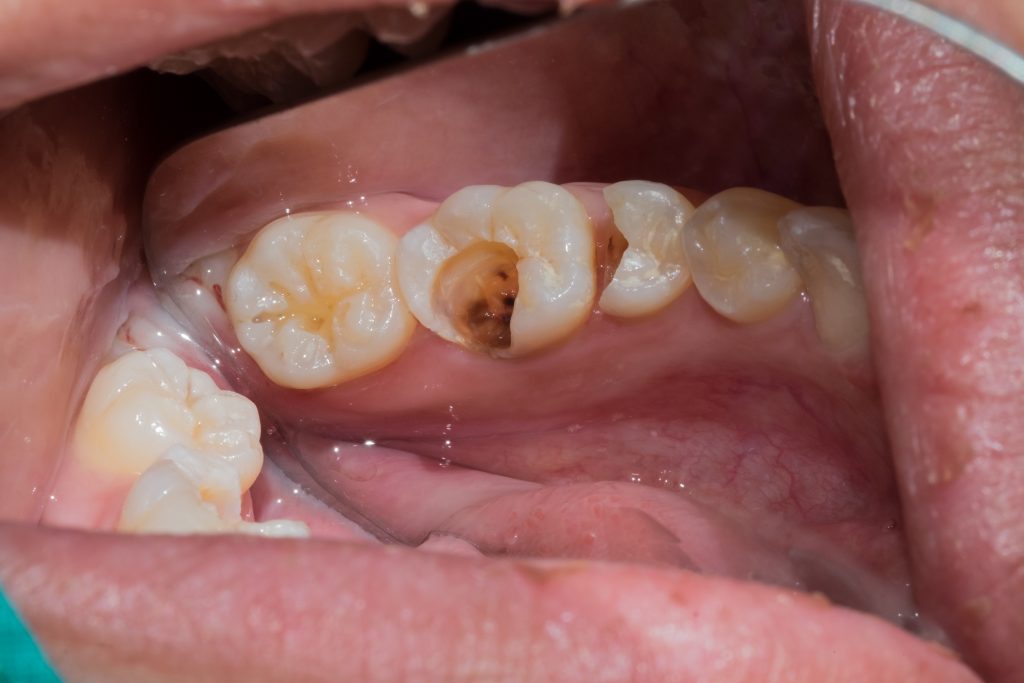Cavity fillings are a common dental procedure that many of us may experience at some point in our lives. While they may seem routine, there is a fascinating science behind the process of filling cavities. In this article, we will explore the science behind cavity fillings, what to expect during the procedure, and why timely treatment is crucial for maintaining optimal oral health.

Understanding Dental Cavities
Dental cavities, often referred to as tooth decay or caries, occur when the hard, outer layer of your tooth, called enamel, becomes damaged due to the acids produced by bacteria in your mouth. If left untreated, these cavities can deepen and lead to more significant oral health issues, such as infections or tooth loss.
The Science of Cavity Formation
Cavities begin as tiny demineralized spots on the enamel’s surface. These areas are created when oral bacteria feed on sugars from food and produce acids as a byproduct. These acids attack the enamel, causing it to lose essential minerals like calcium and phosphate. Over time, this demineralization progresses, creating a hole or cavity in the tooth.
The Role of Cavity Fillings
Cavity fillings, also known as dental restorations, are essential for repairing the damage caused by tooth decay. Here’s how they work:
1. Removal of Damaged Tissue: The dentist starts by removing the decayed portion of the tooth, ensuring that only healthy tooth structure remains.
2. Preparing the Tooth: The remaining tooth structure is then cleaned and prepared for the filling material.
3. Choosing the Filling Material: Dentists have several options for filling materials, including amalgam (a mix of metals), composite resin (tooth-colored), glass ionomer, and porcelain. The choice depends on factors like the location of the cavity, its size, and your aesthetic preferences.
4. Filling Placement: The selected filling material is carefully placed into the prepared cavity to restore the tooth’s shape and function.
5. Bonding and Shaping: For materials like composite resin, the dentist uses a special light to harden the filling material. They then shape and polish it to match the surrounding teeth, ensuring a natural appearance.
What to Expect During a Cavity Filling Procedure
Getting a cavity filled is a straightforward process and typically involves the following steps:
1. Local Anesthesia: The dentist will administer a local anesthetic to numb the area, ensuring that you feel little to no discomfort during the procedure.
2. Decay Removal: The dentist will use specialized instruments to remove the decayed portion of the tooth carefully.
3. Filling Placement: The chosen filling material is placed and shaped to restore the tooth’s normal function and appearance.
4. Final Polishing: The filling is polished to ensure a smooth and natural-looking surface.
Why Timely Treatment Matters
Cavity fillings are crucial for maintaining oral health because they halt the progression of tooth decay and prevent further damage. Delaying treatment can lead to more extensive and costly dental work down the road, including root canals or even tooth extraction.
Understanding the science behind cavity fillings can help demystify the dental procedure and ease any apprehensions you may have. If you suspect you have a cavity or have been advised to get a filling by your dentist, don’t delay. Early intervention is key to preserving your dental health, preventing complications, and maintaining a bright, healthy smile. Regular dental check-ups and good oral hygiene practices are essential in preventing cavities in the first place.
Designed By Infinite Digital